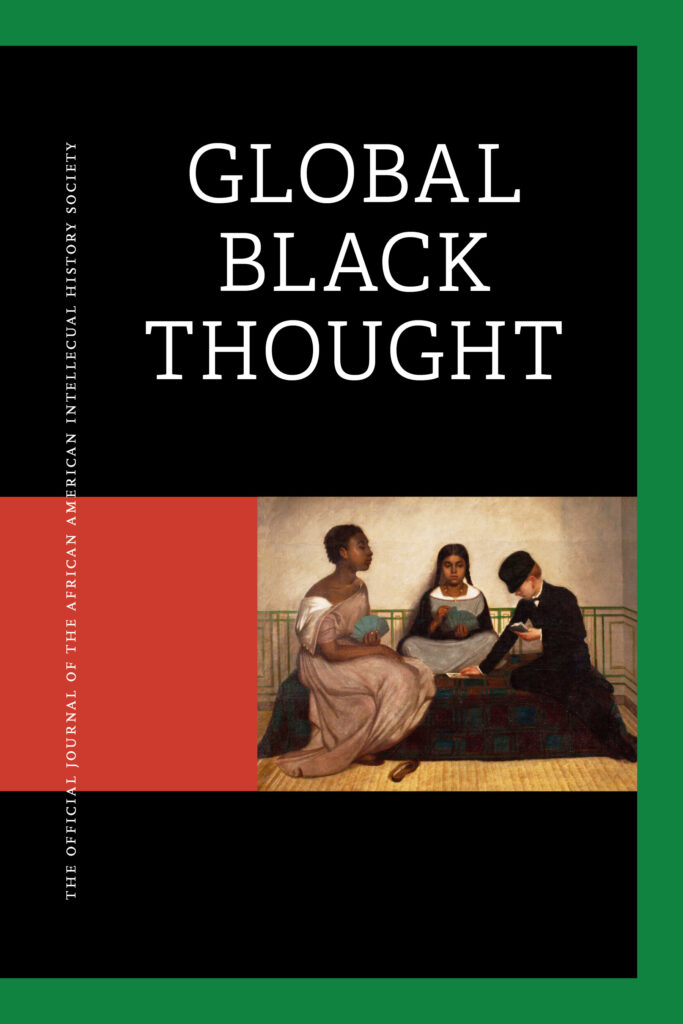In August, our summer interns take over the blog in a series of guest posts. This week, intern Grace Molloy shares the connections she discovered between her interest in dance and a forthcoming paperback release of Miguel de Cervantes' "The Bagnios of Algiers" and "The Great Sultana": Two Plays of Captivity, edited and translated by Barbara Fuchs and Aaron J. Ilika.
A few months ago, I sleepily stumbled across my college campus to sit in a dance studio and watch historical dances projected against a chalkboard for my Dance History class. To some college students, this may sound like a nap trap, but the flowing movements of Loie Fuller and the energetic taps of the Nicholas Brothers in “Stormy Weather” captivated me. The one thing these different dancers have in common is the influence of historical dances from which their styles derived. Thanks to these lessons in performance history, the dances and movement elements in Barbara Fuchs’ and Aaron J. Ilika’s translation of Miguel de Cervantes’ “The Great Sultana” drew me into the culture of the seventeenth-century Spanish play.
 In the introduction to the translation, Fuchs and Ilika provide Cervantes’ description of the evolution of theater in Spain. The famous author tells us about a playwright who “invented machines, clouds, thunder and lightning, challenges and battles.” These showy elements were reminiscent of the extravagance I learned about in the sixteenth-century French court ballets, which contained other artistic elements such as opera, poetry, jousts, and even parades. Additionally, a footnote of “The Great Sultana” states that a dance often concluded Spanish plays of this period; this is similar to the grand ballet, a participatory dance to conclude the court ballets. Although the French court ballets were still developing in the early 1600s and had not yet reached Spain, the similarities and historical connections I found between these performance arts were exciting.
In the introduction to the translation, Fuchs and Ilika provide Cervantes’ description of the evolution of theater in Spain. The famous author tells us about a playwright who “invented machines, clouds, thunder and lightning, challenges and battles.” These showy elements were reminiscent of the extravagance I learned about in the sixteenth-century French court ballets, which contained other artistic elements such as opera, poetry, jousts, and even parades. Additionally, a footnote of “The Great Sultana” states that a dance often concluded Spanish plays of this period; this is similar to the grand ballet, a participatory dance to conclude the court ballets. Although the French court ballets were still developing in the early 1600s and had not yet reached Spain, the similarities and historical connections I found between these performance arts were exciting.
There are a few specific dances referenced in “The Great Sultana:” the saraband, zambapalo, chacona, pésame dello, folía, and bergamasca.
Fuchs and Ilika describe the bergamasca as “a lusty sixteenth-century dance depicting the reputedly awkward manners of the inhabitants of Bergamo, in northern Italy, where it supposedly originated.” If you watch the video above, you can notice the sometimes stiff and tentative movements of this dance.
To escape death, Madrigal, a character in the play, promises to teach the Ottoman Sultan’s elephant to speak Turkish in ten years. He references the bergamasca when he is describing the languages that he use in the elephant’s lessons. Clearly, Cervantes uses the term “language” loosely here, but it is unsurprising that a man named Madrigal would consider music and dance to be a form of communication. While later discussing what he and the other musicians should sing for the Great Sultana, Madrigal also references the saraband, a slow, Spanish waltz. The remaining dances mentioned are “racy and often censored in Spain at the time,” so I found it surprising that Madrigal knew of them and would suggest singing them for such an honored guest. However, watching the above video of the chacona, it is amusing to see what the seventeeth-century Spaniards considered racy.
Although it is difficult to find modern performances of many of those dances, they have served as essential stepping-stones in dance history. It pleased me to discover these cultural details in Fuchs’ and Ilika’s translation of “The Great Sultana” because they truly bought the text and the time period to life. As Madrigal says, “Spanish women are born dancers straight from their mothers’ wombs.” Cervantes clearly viewed dance as an important aspect of seventeenth-century Spanish culture, and Fuchs and Ilika have preserved this in the translation.
Grace Molloy is a rising junior at Kenyon College. She is studying Comparative Literature, focusing on poetry in Spanish, English, and religious texts.

